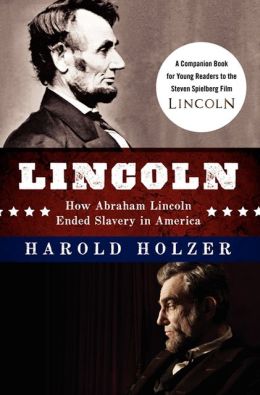When I was on vacation in
Rome this past summer, my tour guide Alex took us to a church. In this
church was a replica of the Pieta, sculpted by Michelangelo.
While admiring this
sculpture, our tour guide told us a story. He said that when Michelangelo
sculpted this, he was an unknown artist. He was in a crowd of people who
were observing his work, and no one knew that the artist was standing among them.
These people were
critiquing his work, and insulting a lot of his artistic choices. They
kept wondering who sculpted it. He finally got up and said it was
me! But no one believed him. He got so angry; he took out some
tools and started bashing at it.
The crowd thought oh no,
he is ruining it. But they were wrong. He was actually carving his
name into. That was the only time he put his name on one of his pieces of
work because from then on he was very well known.
This relates to class
because we talked about Renaissance artists and the style they had. We
talked about how sometimes the artist would add themselves into a painting or
put their own personal touch on things. This is what Michelangelo did
with the Pieta.
I like this source.
I think that it is meaningful because it is a story that not a lot of people
know. I also think that it is effective because it gives people a
personal story of what Michelangelo was like.




